6 Ways to Optimize Your Landing Pages
If your website offers a resource for free (like an ebook, a tool, or a newsletter) in exchange for a visitor’s contact information, you absolutely must have a great landing page to welcome them to it, or your resource is going to waste.
Wait. What is a landing page again?

Your landing page is exactly what it sounds like: the place where your website visitor lands when they say “YES! I want that!” to your free resource/s in exchange for their contact details.
It’s the specific page on your website where you set up a lead-capture form that allows visitors to happily enter their name, job title, email address, etc.
When filtered through your CRM, that data creates a list of people who need what your business does or makes so your sales team can reach out to them.
Set It & Forget It
About 1 in 10 people who get to your landing page will become a customer or a lead.
If you have an average amount of traffic (like, say, 1,000 visitors a month for a small business), that’s 100 new potential customers or clients.
Not bad for something you set up and forget about, right?
But before you can forget it, it has to be planned, designed, and tested. In other words, it has to be optimized, and we’ve got some tips to help you get started toward making sure it's ready to go.
Landing Page Optimization & Why It Matters
Your landing page should be designed to generate leads, first and foremost. But it’s also the destination of your paid online marketing campaigns.
To get the most leads from your digital ads, keep your landing pages in tip-top shape.
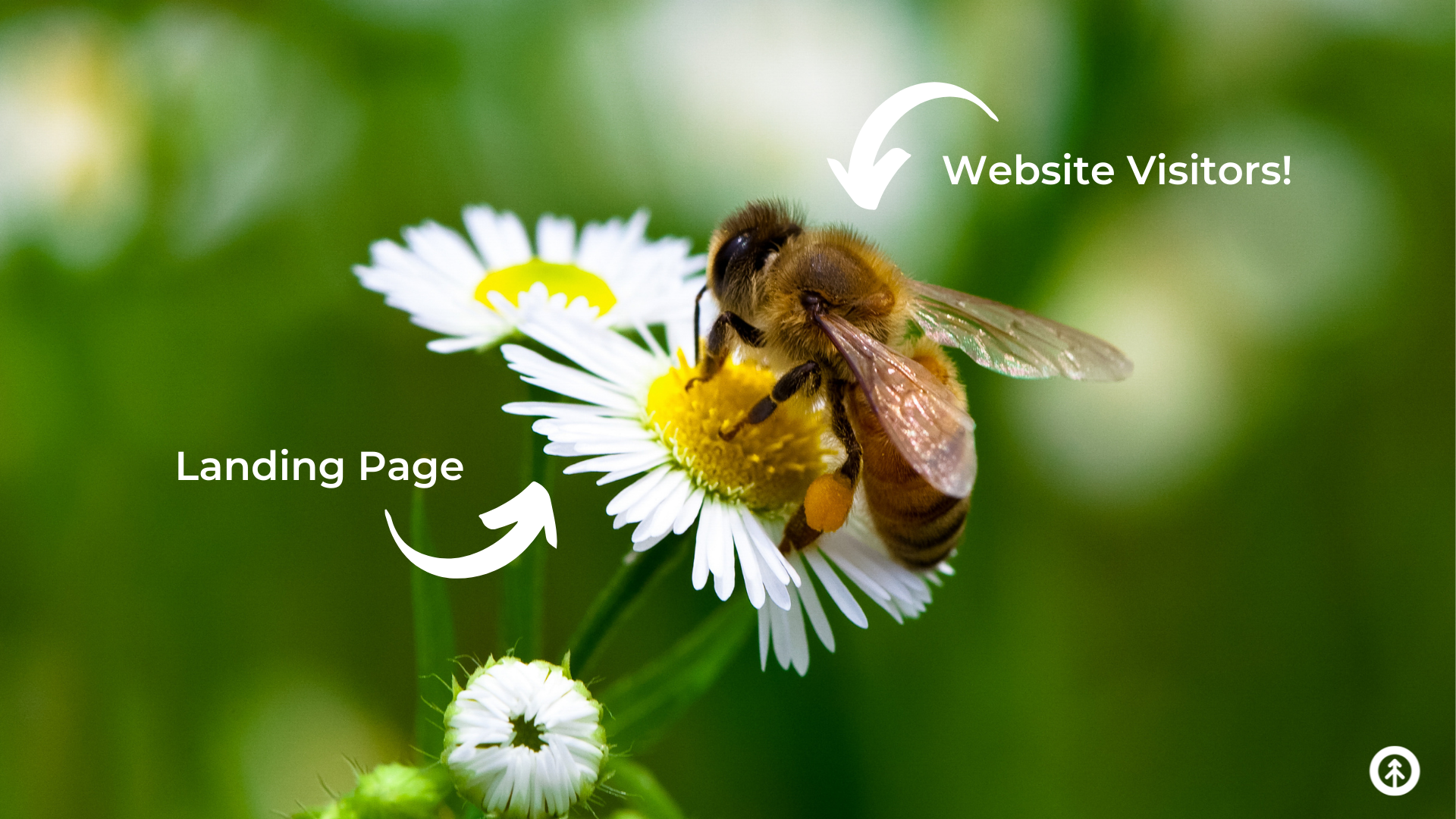
6 Ways to Test Your Landing Page for Optimization
Optimizing your landing page involves identifying problems with its design or functionality while utilizing A/B tests (controlled experiments) to measure and improve its conversion rate.
Here are a few ideas to help you get started:
1. Page Elements
What happens to your conversion rate if you decrease the number of website navigation elements and form fields? Often, a simple design with more white space can lead to more conversions, but not always.
Test to see what works best.
2. Copy
Try different headlines, value propositions, and CTAs to figure out what works best for your visitors.
Consider the style, tone, and length you should use to really convince your ideal prospects that what you offer is exactly what they’re looking for.
3. Social Proof
Use case studies, customer reviews, client logos, partner logos, or other forms of social proof on the landing page to see what makes a difference in the level of trust it takes to convert your visitors to leads or customers.
4. Speed
People who use mobile devices to browse the internet (which is almost all of us now) need fast load times to keep us from abandoning our interest in an offer.
Make sure your landing page is functioning well for mobile to keep your bounce rate low.
5. Context
Try different keywords that you used to get people to your landing page in your copy.
This can help you determine how your target market found you (from which ad & which source) so that you can make your messaging fit the experience they’re looking for.
6. Form Fields
Optimize the form on your landing page by testing the number of fields a visitor must fill out in order to receive your gated content.
Work to make sure the length of your form mirrors the value of your offer.
For instance, multiple form fields might work for an ebook or a whitepaper while fewer fields are appropriate for a checklist or infographic.
An optimized landing page with a great lead capture form is essential to your inbound marketing efforts because it’s the tool that does most of the heavy lifting of converting your website visitors into leads that sustain your business.
Want to know more about how to boost your inbound marketing efforts? Ask us! We’re inbound pros!
Explore More Insights: Related Blog Posts
-
 Sales EnablementMar 20, 2020
Sales EnablementMar 20, 2020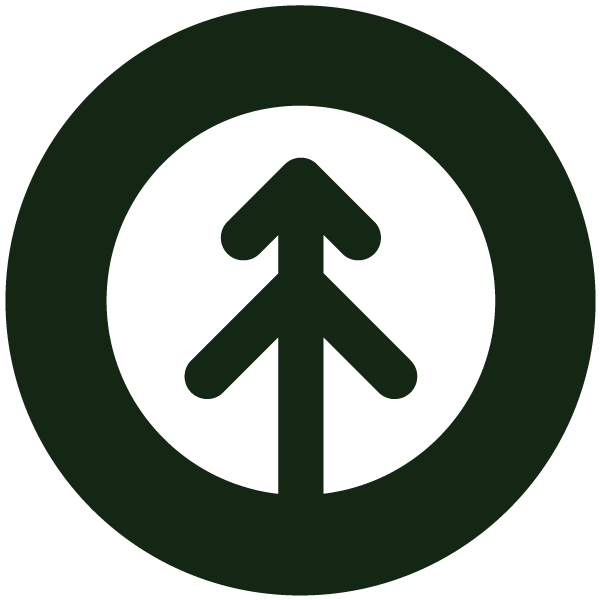 Growth Marketing Firm
Growth Marketing FirmResponding to Coronavirus: A Playbook for Proactive Marketing
These are certainly unusual times with the coronavirus outbreak dominating the news cycle and after hearing a...
-
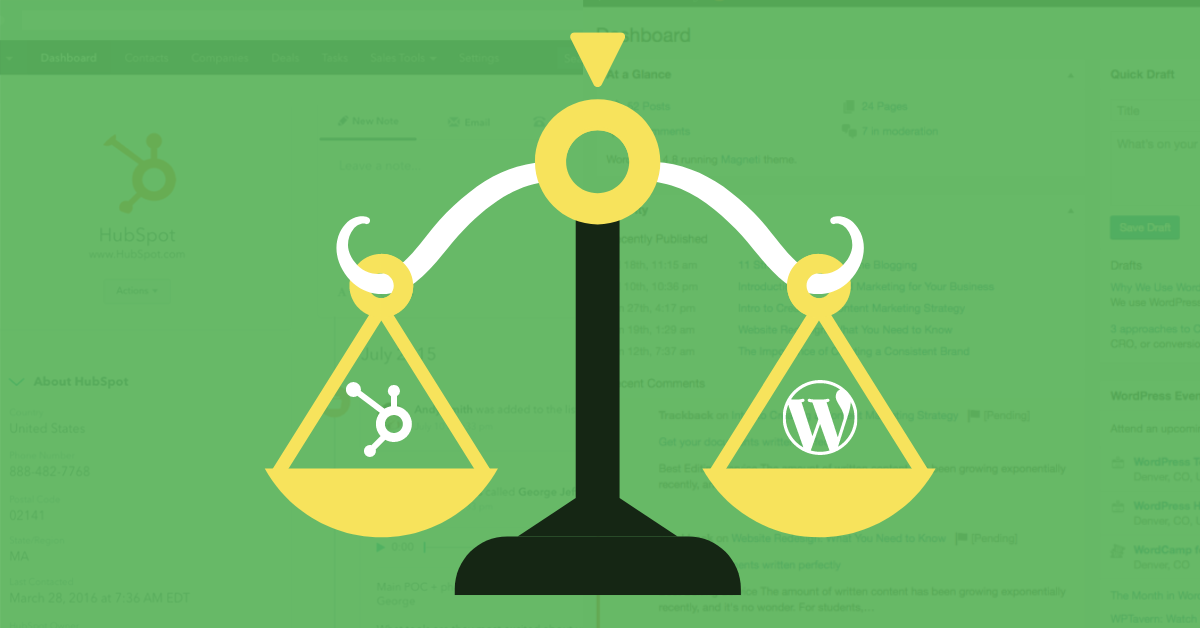 Website DevelopmentApr 20, 2021
Website DevelopmentApr 20, 2021 Ashley Lilly
Ashley LillyHubSpot vs WordPress: Choosing the Right CMS
(last updated November 15, 2022) If you're thinking about launching or rebuilding your website, you're facing...
-
 Inbound MarketingNov 17, 2020
Inbound MarketingNov 17, 2020 Growth Marketing Firm
Growth Marketing Firm5 Signs That Your Business Needs to Hire a Growth Agency
It’s simple. You want results, but you’re not seeing them. That is the most direct and honest reason to hire...
-
 Inbound MarketingMay 19, 2020
Inbound MarketingMay 19, 2020 Ashley Lilly
Ashley LillyTurn Your Website into the Ultimate Sales Tool
(Updated March 31, 2022) If you’re like most marketers, you know there are a multitude of tools out there...
-
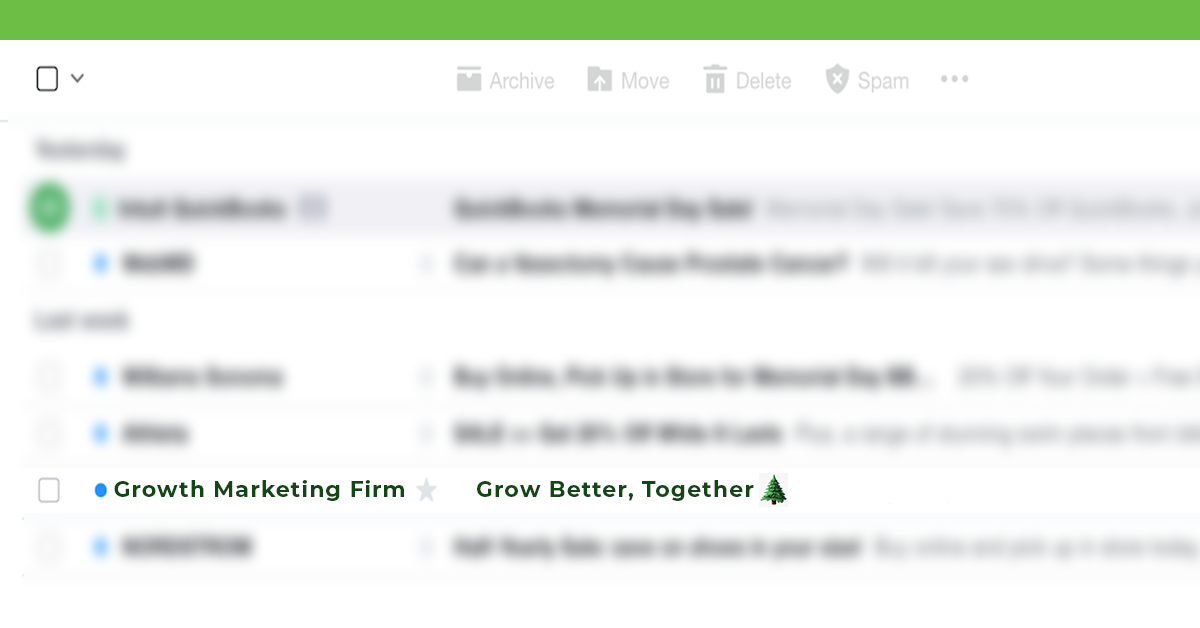 Inbound MarketingJul 9, 2020
Inbound MarketingJul 9, 2020 Ashley Lilly
Ashley LillyThe Power of Email Marketing
Last updated January 21, 2021 You want your marketing dollars to generate qualified leads and engage current...
-
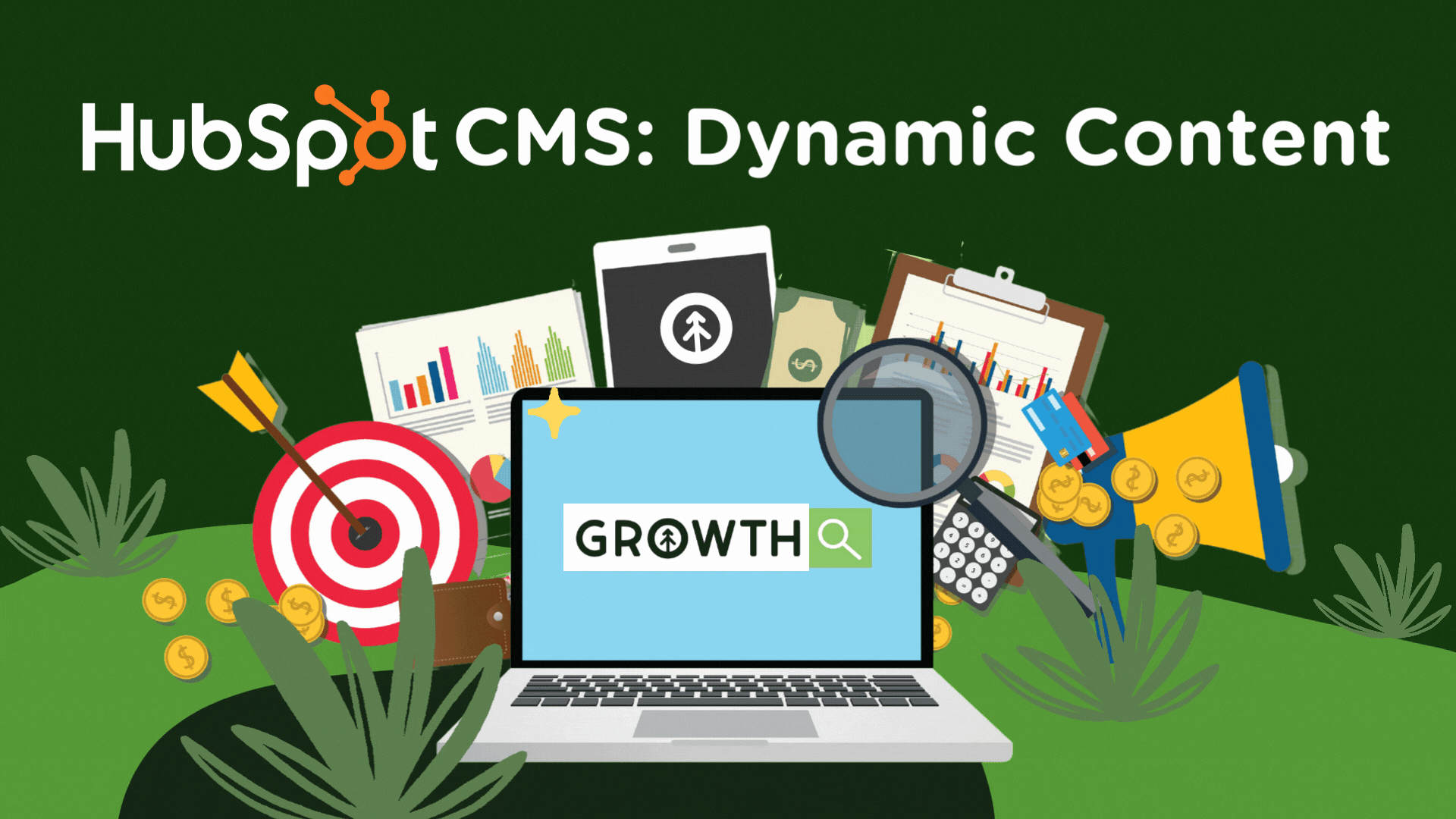 Inbound MarketingMar 9, 2023
Inbound MarketingMar 9, 2023 Growth Marketing Firm
Growth Marketing FirmHubSpot CMS: Dynamic Content for Personalized Website Experiences
Providing a personalized website experience for customers and visitors has become a crucial aspect of...
-
 Inbound MarketingNov 12, 2021
Inbound MarketingNov 12, 2021 Growth Marketing Firm
Growth Marketing Firm6 Big Business Trends in 2022
2022 is approaching quickly, and it’s clear that some exciting trends in technology, sales enablement, social...
-
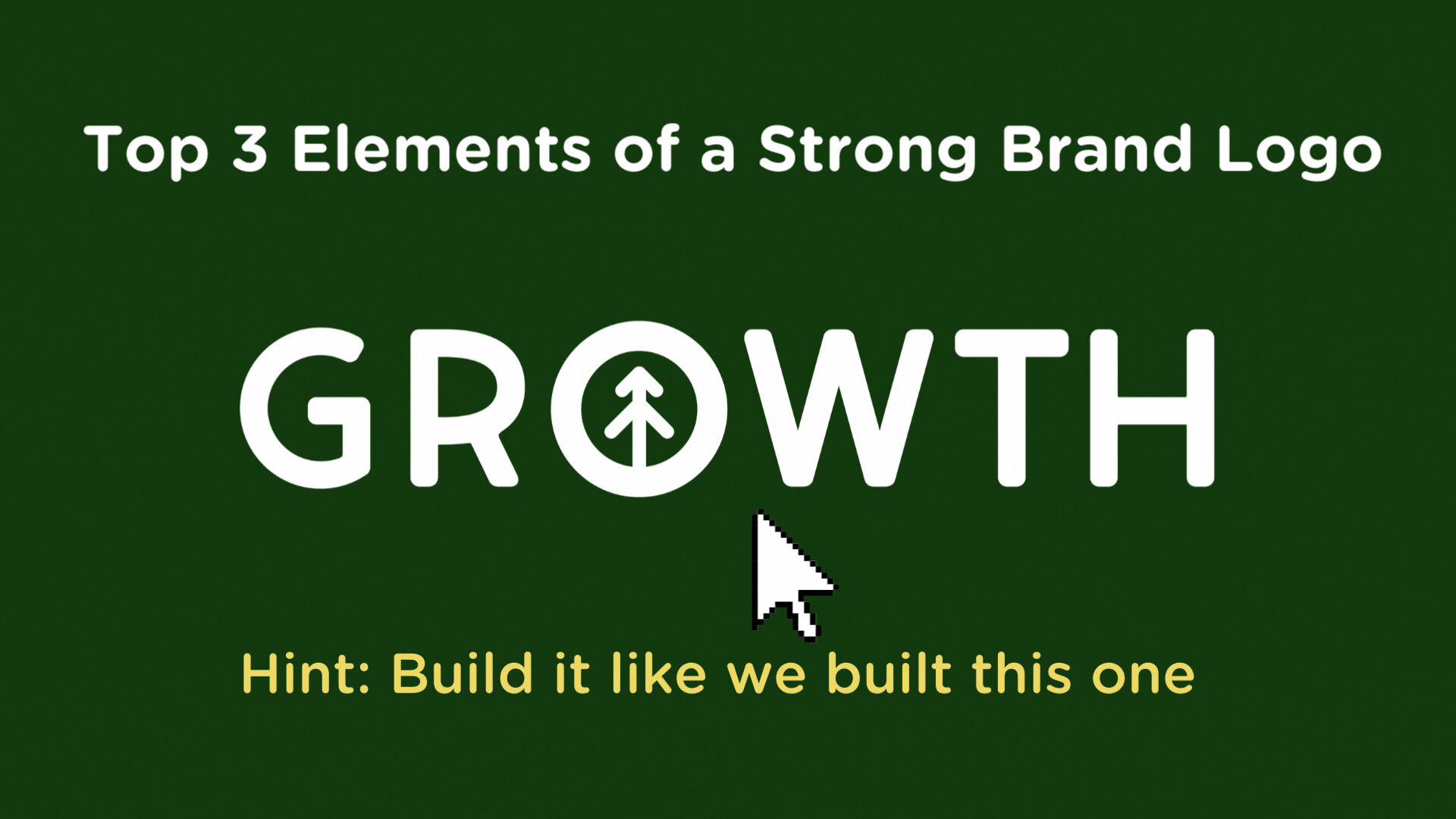 Website DesignFeb 20, 2023
Website DesignFeb 20, 2023 Growth Marketing Firm
Growth Marketing Firm3 Key Elements of a Strong Brand Logo
Your logo is one of the first things a customer sees when they come into contact with your business, and its...
-
 Sales EnablementNov 24, 2021
Sales EnablementNov 24, 2021 Growth Marketing Firm
Growth Marketing FirmBuilding Custom Reports in HubSpot
(Updated January 21, 2022) For anyone who’s unfamiliar with HubSpot and what it can do for your business: how...

